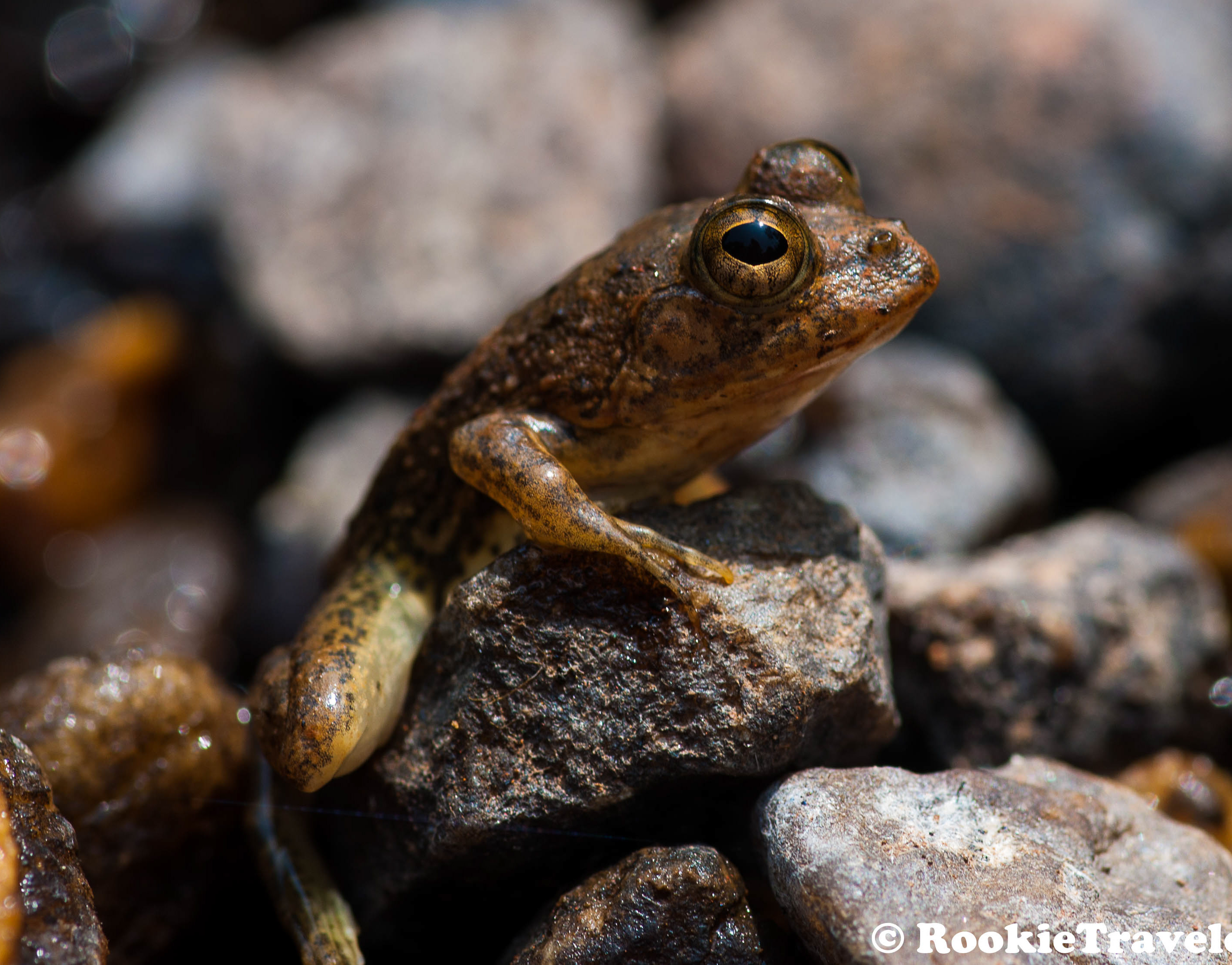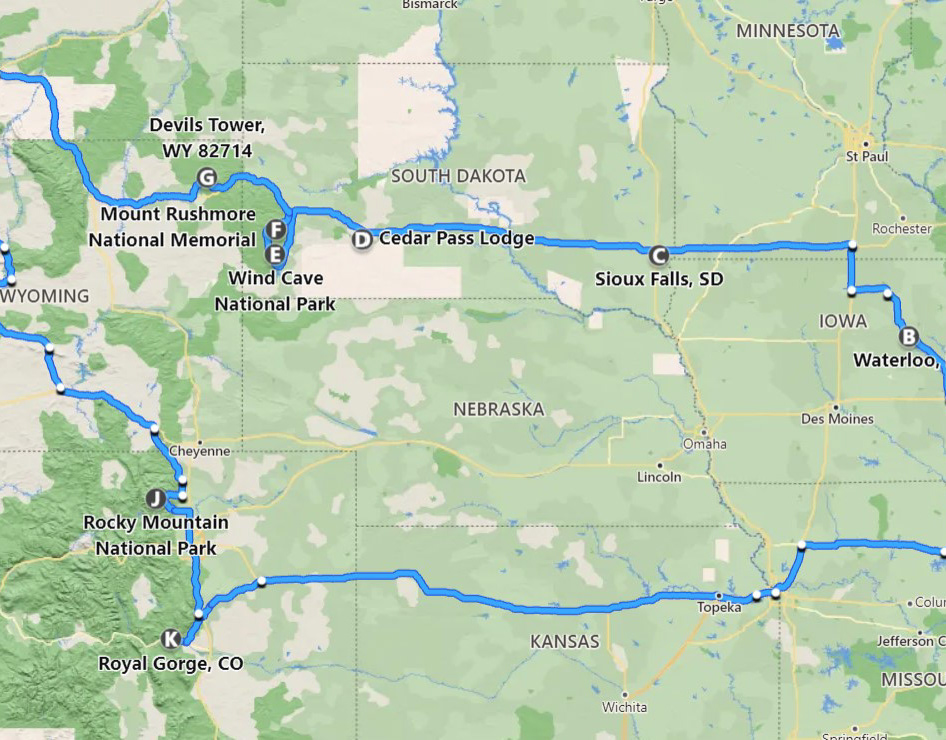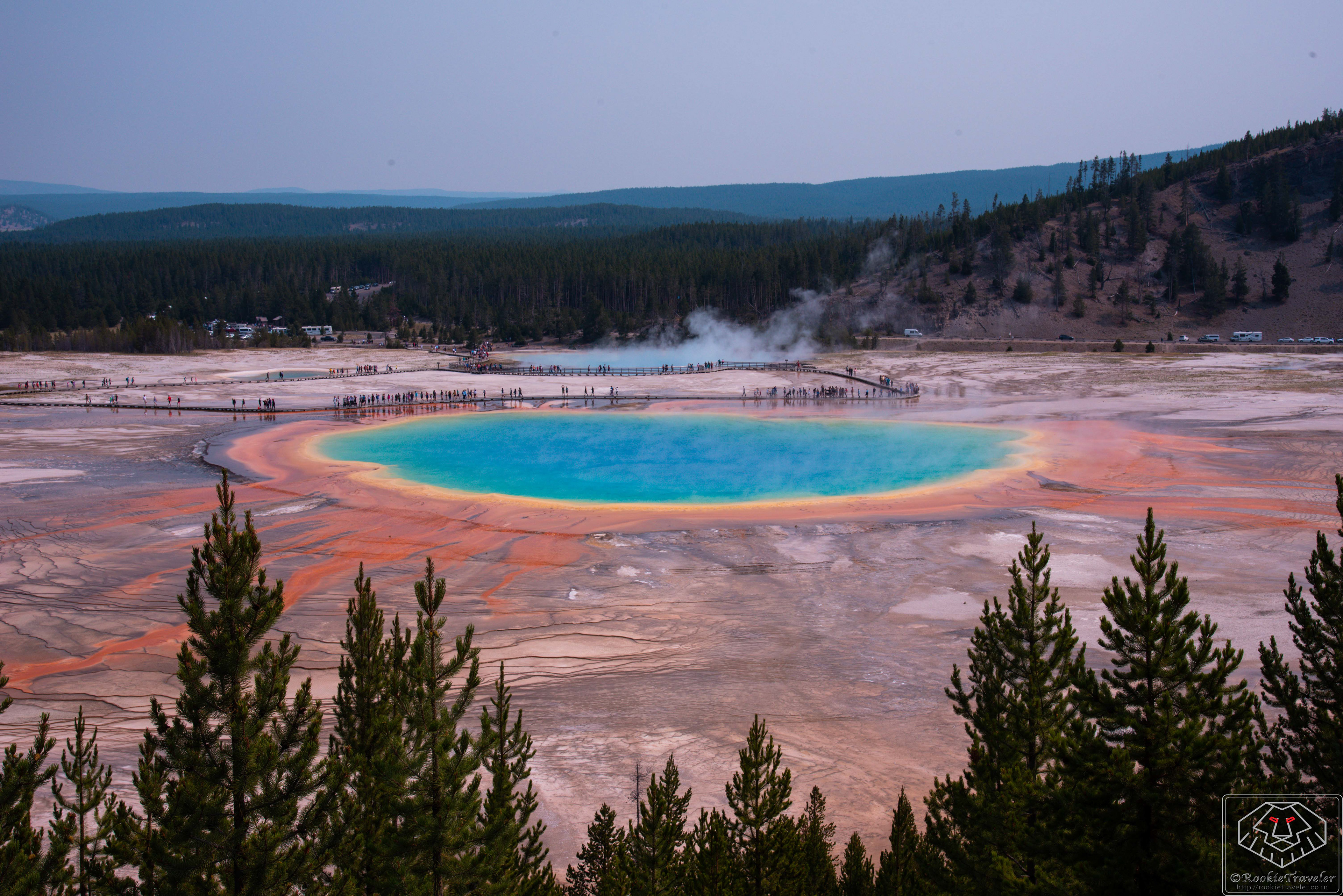
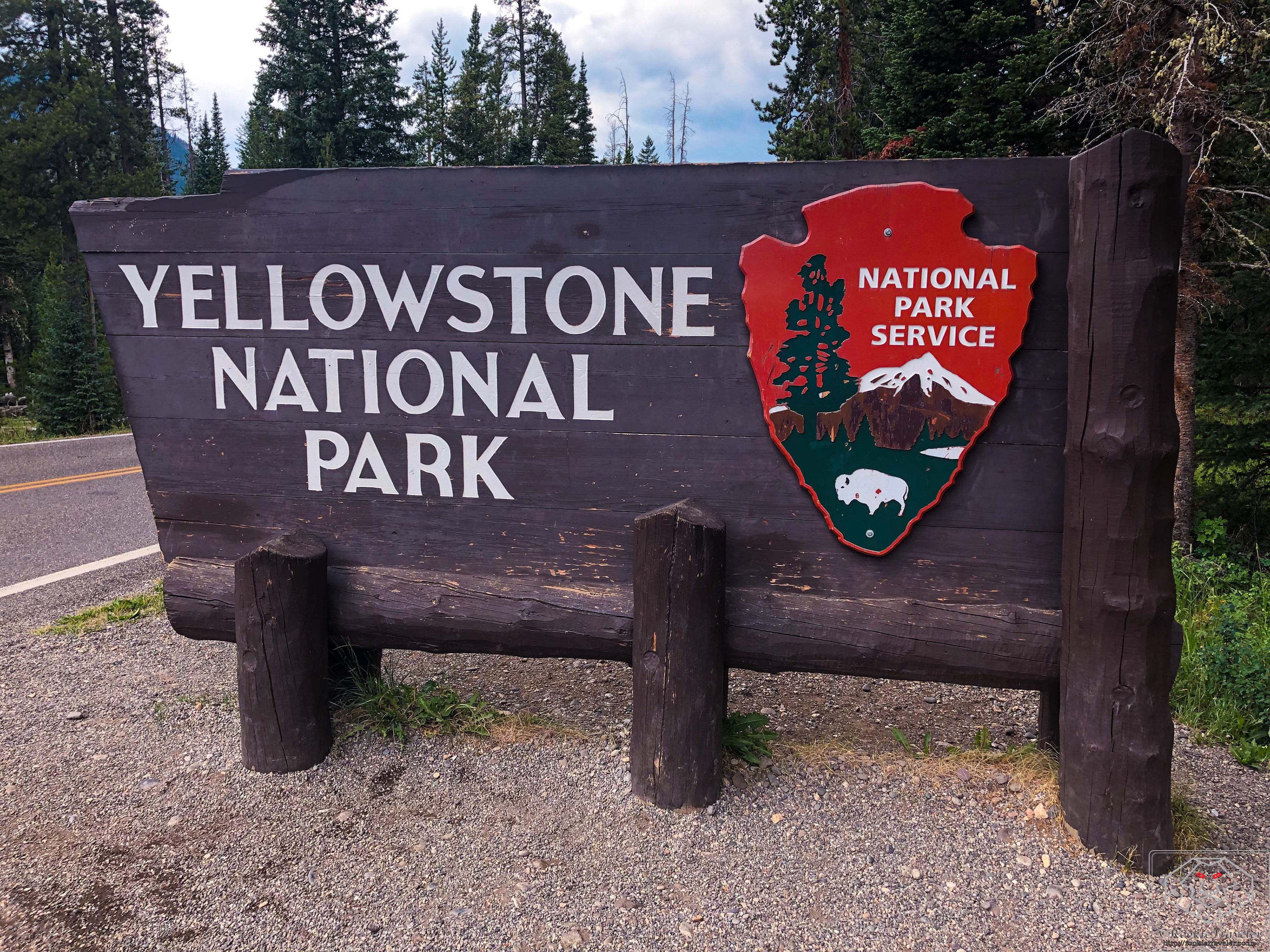
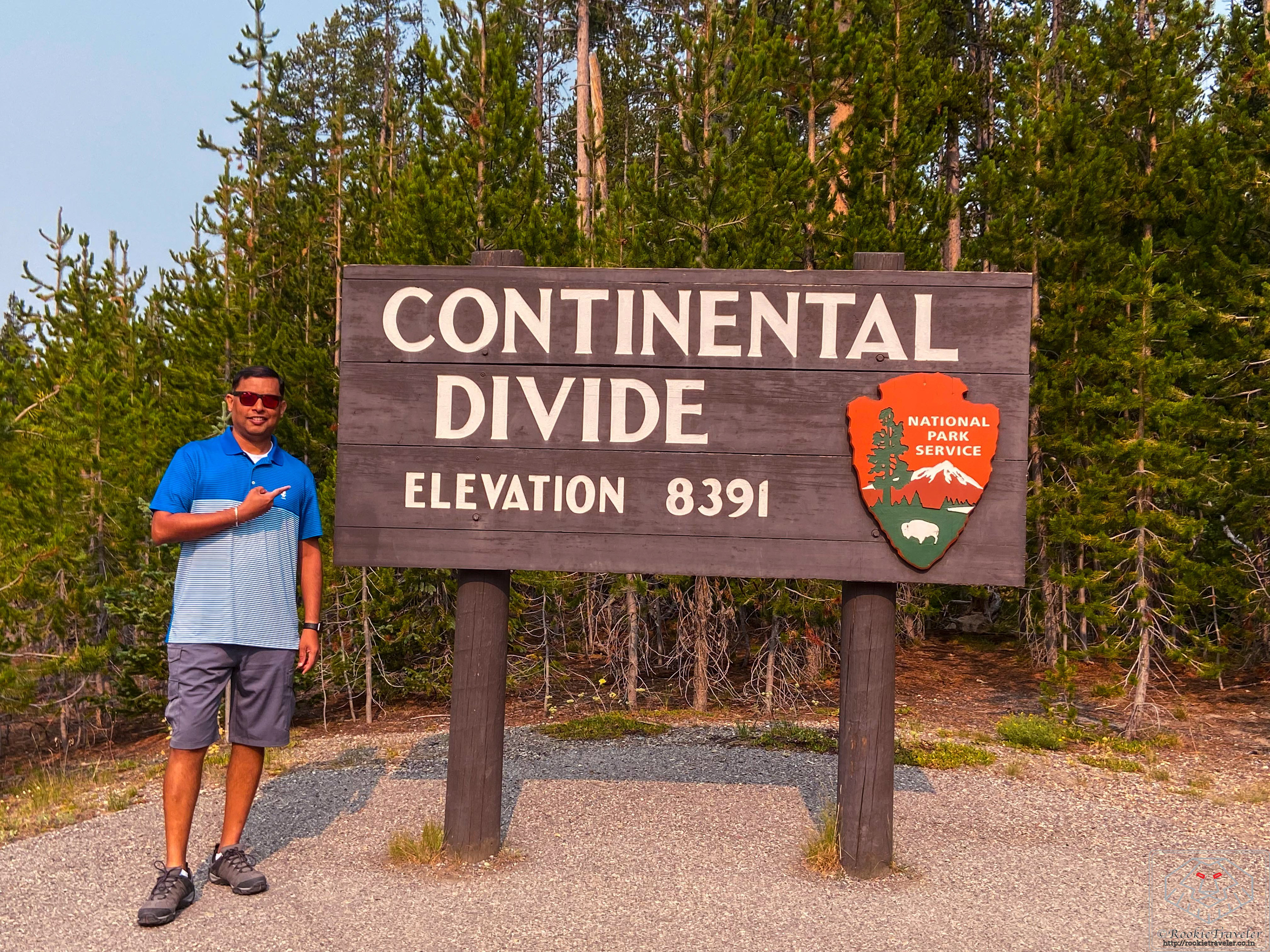
Yellowstone National Park – The Restless Giant
We took two week’s roadtrip from 17-Jul-2021 to 31-Jul-2021 starting from Bloomington IL and covering Badlands National Park, Wind Cave National Park, Custer state park and needles highway, Mount Rushmore National Memorial, Devil’s Tower, Yellowstone National Park, Grand Teton National Park, Rocky Mountain National Park, Trail ridge roasd, Pikes Peak, Mount Evans, Royal gorge and back to Bloomington covering whopping 4932 miles in our new Toyota. During this two week’s trip, we covered top five dangerous and thrilling roads in US – Beartooth Highway, Pikes Peak, Mount Evans and Trail ridge road. Highlander 2020.
Yellowstone National Park is a nearly 3,500-sq.-mile wilderness recreation area atop a volcanic hot spot. Mostly in Wyoming, the park spreads into parts of Montana and Idaho too. Yellowstone features dramatic canyons, alpine rivers, lush forests, hot springs and gushing geysers, including its most famous, Old Faithful. It's also home to hundreds of animal species, including bears, wolves, bison, elk and antelope.
It was established by the U.S. Congress and signed into law by President Ulysses S. Grant on March 1, 1872 becoming first national park in US.
Geology of Yellowstone:
Continental Divide: The Continental Divide of North America runs diagonally through the southwestern part of the park. The divide is a topographic feature that separates Pacific Ocean and Atlantic Ocean water drainages. About one third of the park lies on the west side of the divide. The origins of the Yellowstone and Snake Rivers are near each other but on opposite sides of the divide. As a result, the waters of the Snake River flow to the Pacific Ocean, while those of the Yellowstone find their way to the Gulf of Mexico.
Yellowstone Caldera: The Yellowstone Caldera is the largest volcanic system in North America, and in the world. It has been termed a "supervolcano" because the caldera was formed by exceptionally large explosive eruptions. The magma chamber that lies under Yellowstone is estimated to be a single connected chamber, about 37 miles (60 km) long, 18 miles (29 km) wide, and 3 to 7 miles (5 to 12 km) deep. The current caldera was created by a cataclysmic eruption that occurred 640,000 years ago, which released more than 240 cubic miles (1,000 km³) of ash, rock and pyroclastic materials. This eruption was more than 1,000 times larger than the 1980 eruption of Mount St. Helens. It produced a caldera nearly 5/8 of a mile (1 km) deep and 45 by 28 miles (72 by 45 km) in area and deposited the Lava Creek Tuff, a welded tuff geologic formation. The most violent known eruption, which occurred 2.1 million years ago, ejected 588 cubic miles (2,450 km³) of volcanic material and created the rock formation known as the Huckleberry Ridge Tuff and created the Island Park Caldera.
The supervolcano feeds the world’s largest group of hydrothermal features:
- Hot Springs are the most common hydrothermal features in the park. They vary from frothing mocha like boiling water to clear and calm pools of tremendous depths (example – Abyss pool in West Thumb Geyser basin)
- Geysers erupts with steaming hot water. They are hot springs with narrow spaces in their plumbing, usually near the surface. The deepest circulating water can exceed surface boiling point (199 F / 93 C). The Old Faithful is most famous geyser of the park.
- Travertine Terraces are found at Mammoth Hot Springs where the interaction of water and limestone create chalk-white travertine. These terraces are among the fastest changing features in the park, emerging quickly and drying up just as fast.
- Fumaroles or steam vents are the hottest hydrothermal features in the park. The small amount of water in fumaroles flashes into steam before reaching the surface. Fumaroles hiss / whistle or thump if the steam pathway is blocked at the surface. Roaring mountain near Mammoth Hot Spring is best example of fumarole in the park.
- Mudpots are acidic hot springs with limited water supply. Acid from volcanic gases and microorganizm decompose the surrounding rock into clay and mud. Mudpot consitancy and activity vary based on precipitation.
Being biggest, Yellowstone can be covered in from one day to seven day depending on individual taste and ability to visit and hike in the park. I feel, minimum three days are required to visit most of the attractions and really appreciate the beauty of this restless giant.
We visited Yellowstone in 2012 (yes we saw the movie 2012 and still decided to visit the park) in May and due to heavy snow many of the attractions were closed. Our July 2021 trip was well planned over three days and we covered all the attractions.
Note: We drove over 500 miles in our three day trip.
Where to stay: There are many options within park itself which are good choice if you want to limit driving but need advance reservation.
We stayed near Cody WY (30 minutes drive to East Entrance) using Airbnb and with kitchen facility to allow us ability to get healthy food.
Food & Gas: There are many places within Park with restaurent facility and picnic areas. Due to covid, we never felt comfortable in dining indoors so we always carried our food and used open picnic areas. There are gas stations at each visitor center but many close by 7pm so plan your fuel stops properly.
Few tips:
Always carry supply of water, energy drinks, food
Be sure to carry bear spray in case you visit the native animal of park
Keep safe distance from animals
Stay on boardwalks and designated trails
Start your day early, parking is scare during summer times and it is difficult to find parking for spots like Mammoth Hot Springs and Grand prismatic springs so plan on visiting them early in the day
Keep track of the gas in your car. Distance between gas station within park can be easily over 30 – 40 miles
Drive carefully during evening hours due to wild life roaming on roads….we stopped couple of times for Elks and Deers.
Our 3 day itinerary:
Day 1 – We used East Entrnace and covered park via Grand Loop road covering below attractions. You can catch the attraction photos and video using https://rookietraveler.co.in/yellowstone-national-park-day-3
Sylvan Pass
Yellowstone Lake
Fishing bridge
Sulphur Caldron
Mud Volcano
LeHardy’s Rapids
Moose Pool
Black dragon Caldron
Churning Caldron
Grizzly Fumarole
Dragon Mouth spring
Field Mudpots
North Caldron
Yellowstone river overlook
Hayden valley overlook (we saw Bison herd right next to the road)
Upper & lower falls
Artist point and inspiration point
Canyon village
Norris Geyser
Midway geyser
Old faithful
Day 2 – Our second day started with Beartooth pass ride which we covered in 5 hours and then entered park via NorthEast entrance, drove towards North entrance and visited following attractions. Personally, drive along Beartooth pass is highlight of our Yellowstone trip. I will highly recommend Beartooth pass for anyone visiting Yellowstone in summer. You can catch photos and videos of our trip using https://rookietraveler.co.in/beartooth-highway
Mammoth Hot Springs
Tower Falls
Sheepeater cliff
Semi-centinal geyser
Roaring Mountain
Bijah spring
Norris Basin
Gibbons falls
Grand Prismatic Springs (second day in row)
Day 3 – Well, our last day of Yellowstone visit. We checked out from our cabin in Cody and covered southern section of the park visiting following attractions. You can catch photos and videos of attractions using https://rookietraveler.co.in/beartooth-highway
West Thumb geyser basin
Grant village
Lewis Lake
# Details used from Nps.gov, google, wiki and other sources

